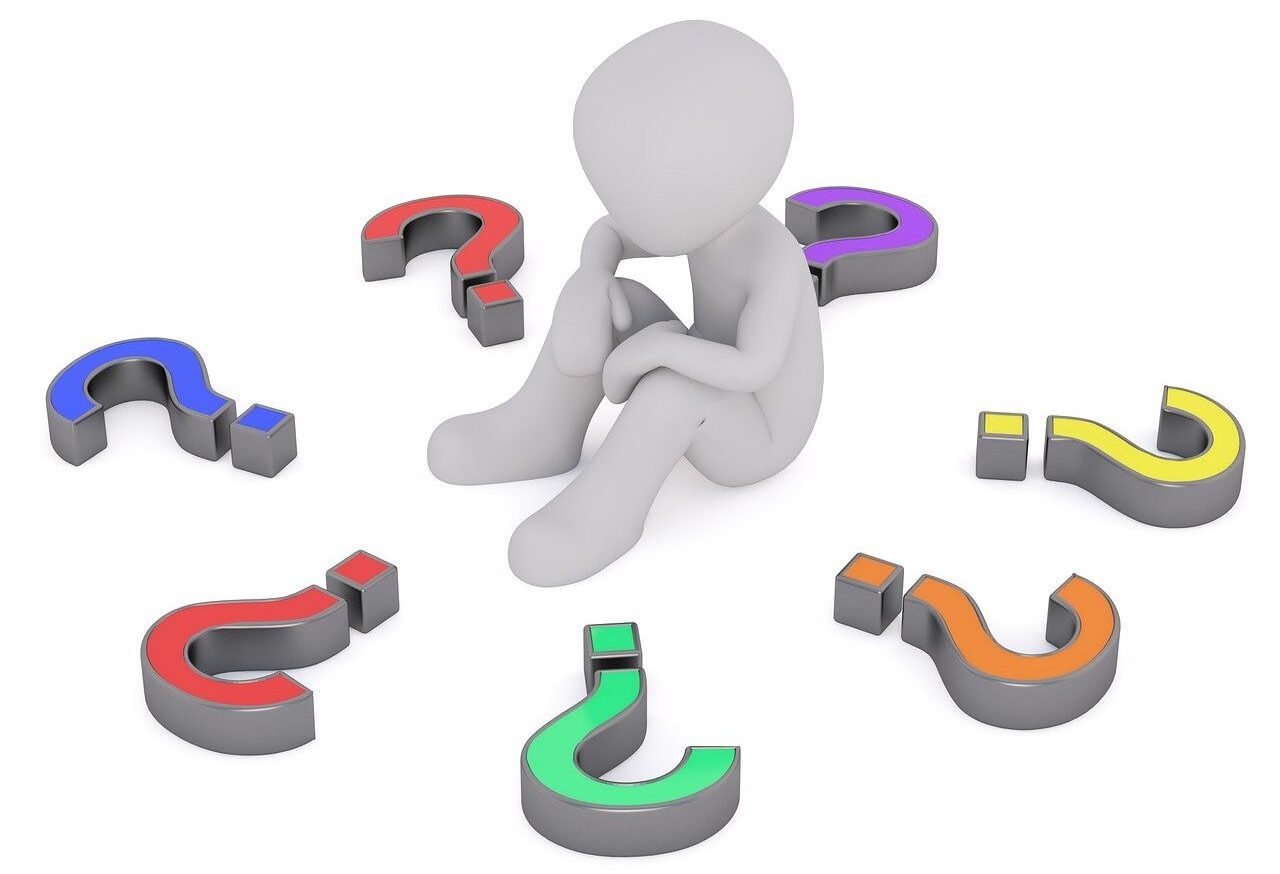Recognising Unhelpful Thinking Styles
In this post, there are some examples of cognitive distortions – unhelpful thinking styles that can cause us emotional distress and get in the way of taking positive action towards a happier and more balanced way of being.
Fact or Fiction?
Our thoughts can be very convincing. They can make us believe certain things are fact, when perhaps, the reality is quite different. Whilst our thoughts may not always be telling us the truth, they feel true and so we buy into them. We judge them to be rational and our subsequent behaviours are therefore deemed perfectly reasonable. For instance, we may think a friend is upset with us when they ignore us at a party and so we delete them as a contact or we may think, as we didn’t pass something first time, we’re bound to fail again, so we don’t bother trying.

Are thoughts fact or imagined?
In CBT (Cognitive Behavioural Therapy), these unhelpful ways of thinking are called ‘Cognitive Distortions’. Here are a few examples (there are ten in total) and their possible effects on our emotions:
1. Catastrophizing
What it looks like: When we catastrophize, we blow things out of proportion and believe that our (imagined) worst fears must be true. For example, “This idea is never going to work, it’s going to be a total disaster!” or, “I’m late for work, I’m going to get fired!”.
Resulting feelings: Anxious, self-doubting, helpless, despairing
2. Mind Reading
What it looks like: Mind Reading is when you assume you know what others think or feel about you (which of course, is almost impossible). For example, “I just know he thinks I’m an idiot” or, “I bet she thinks I’m useless at my job”.
Resulting feelings: Insecure, anxious, sad, angry
3. Personalizing
What it looks like: To personalize is to believe that everything that happens is in some way about you. For example, “She’s been quiet all day, she must be angry with me” or “My boss didn’t say good morning today, he must be unhappy with my work”.
Resulting feelings: Guilty, worried, distressed, anxious
4. Labelling
What it looks like: Labelling takes a behaviour and turns it into an identity. For example, not passing an exam changes “I didn’t pass the exam” to “I’m a total failure!”, or “I made a mistake” becomes “I’m a bad person”.
Resulting feelings: Defeated, self-doubting, helpless, irritable, upset
With Practice
Cognitive Distortions are exactly that – distorted thoughts that limit our take on reality – that often don’t have much evidence to support them and they can really get in the way of problem-solving and progress. With practice, we can notice our thoughts and how they may be affecting our behaviour. Challenging our thoughts and asking ourselves “what are some other possibilities?” gives us the opportunity to explore something less limiting, prevent uncomfortable emotions and the resulting behaviour. Perhaps the boss was just having a bad day? Maybe, with extra study, the exam could be passed? Ideas sometimes don’t work out, but that’s how we learn, right?
Bob Brotchie is a counsellor, mindset consultant and creator of "Conscious Living by Design"™. He writes for Anglia Counselling, is featured on various other websites and introduces us to many guest writers all covering topics related to mental health and wellbeing.
Bob provides bespoke counselling services to individuals and couples in the privacy and comfort of a truly welcoming environment at his Anglia Counselling company office, located near Newmarket in Suffolk, England. Bob also provides professional online counselling, for local, national, and international clients. The therapeutic models offered are bespoke to the client’s needs, especially those in receipt of 'childhood emotional neglect' (CEN), whilst integrating a mindful approach to psychotherapy and cognitive behaviour therapy (CBT) principles. For clients experiencing trauma and/or phobia, Bob offers EMDR (Eye Movement Desensitisation and Reprocessing).
